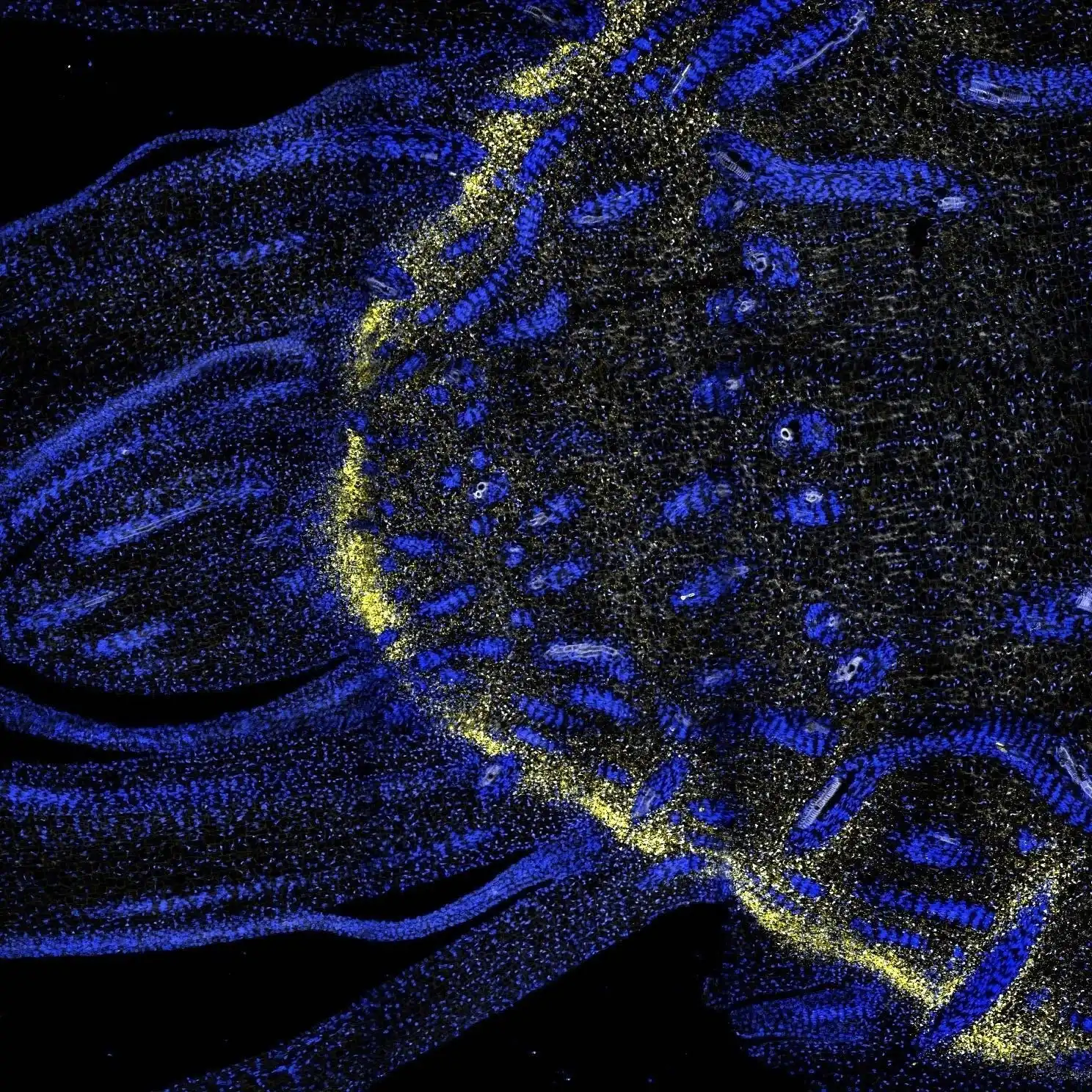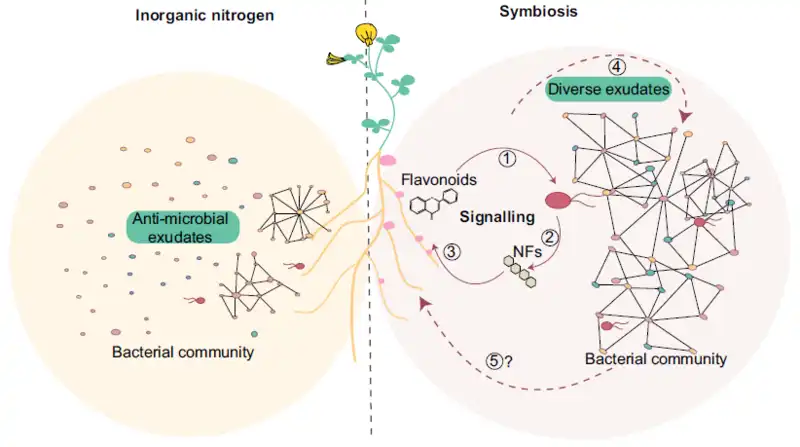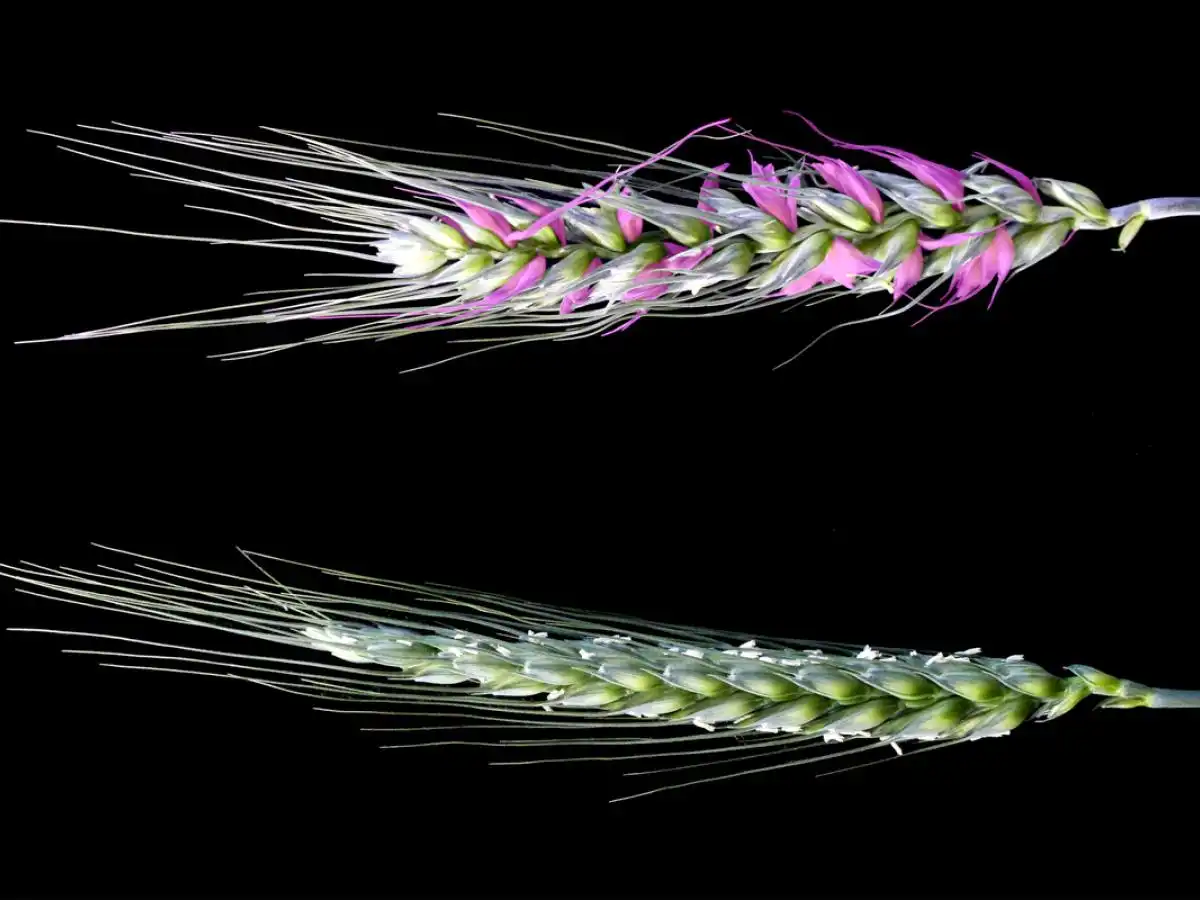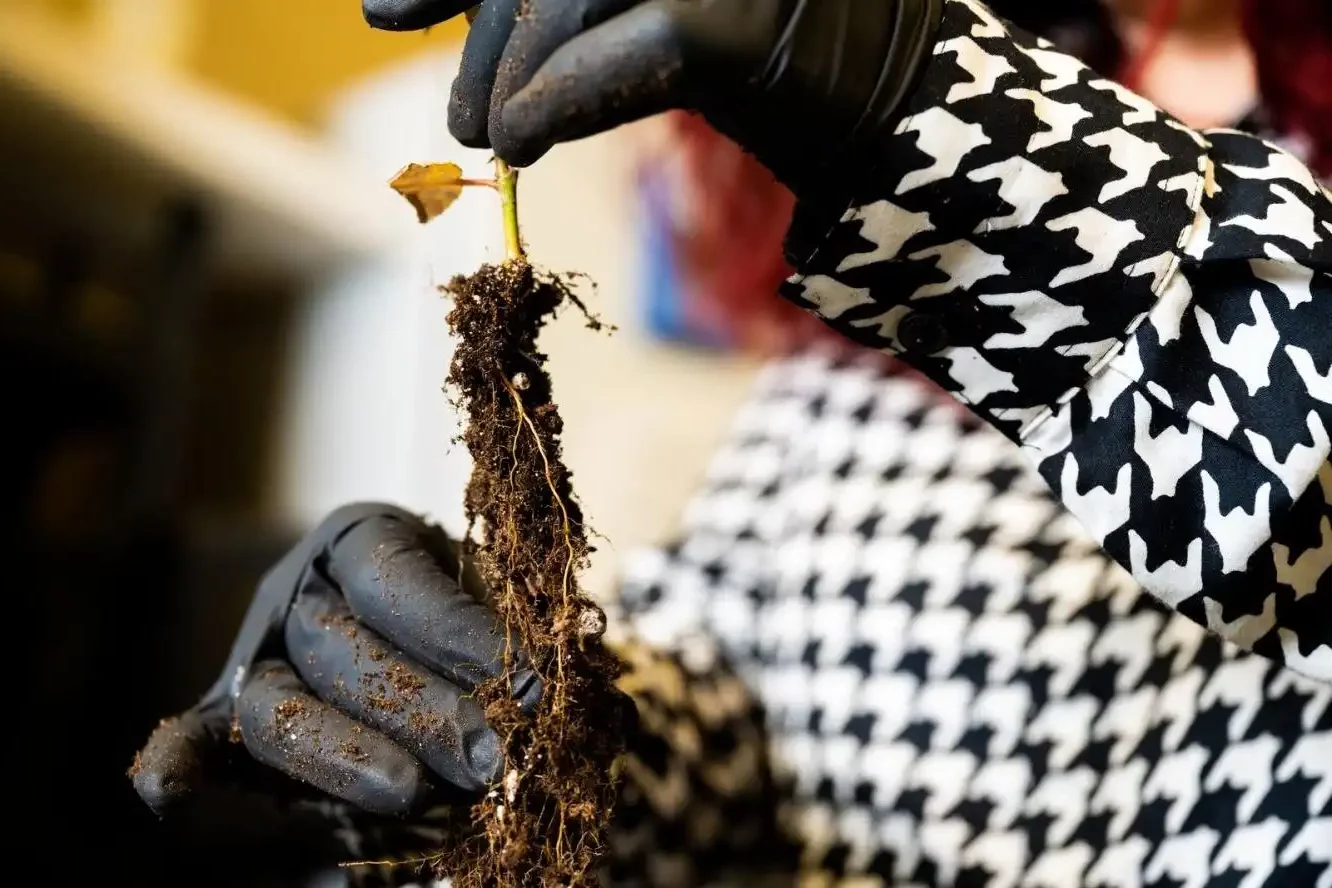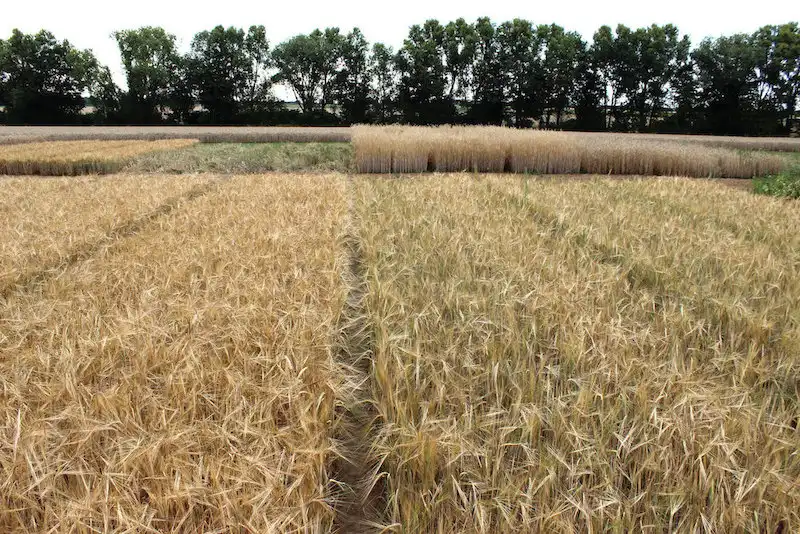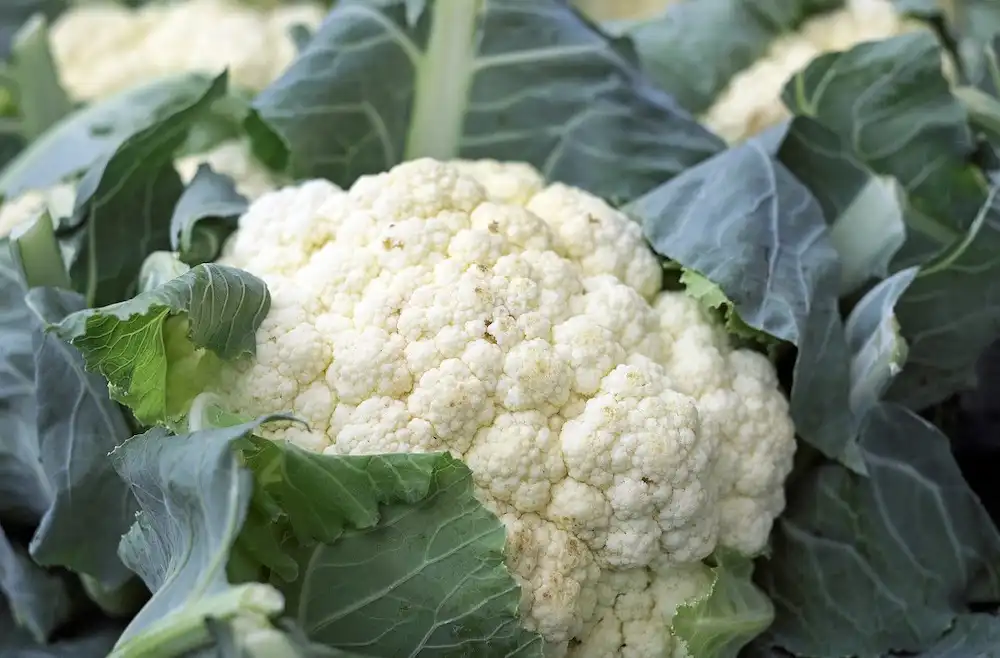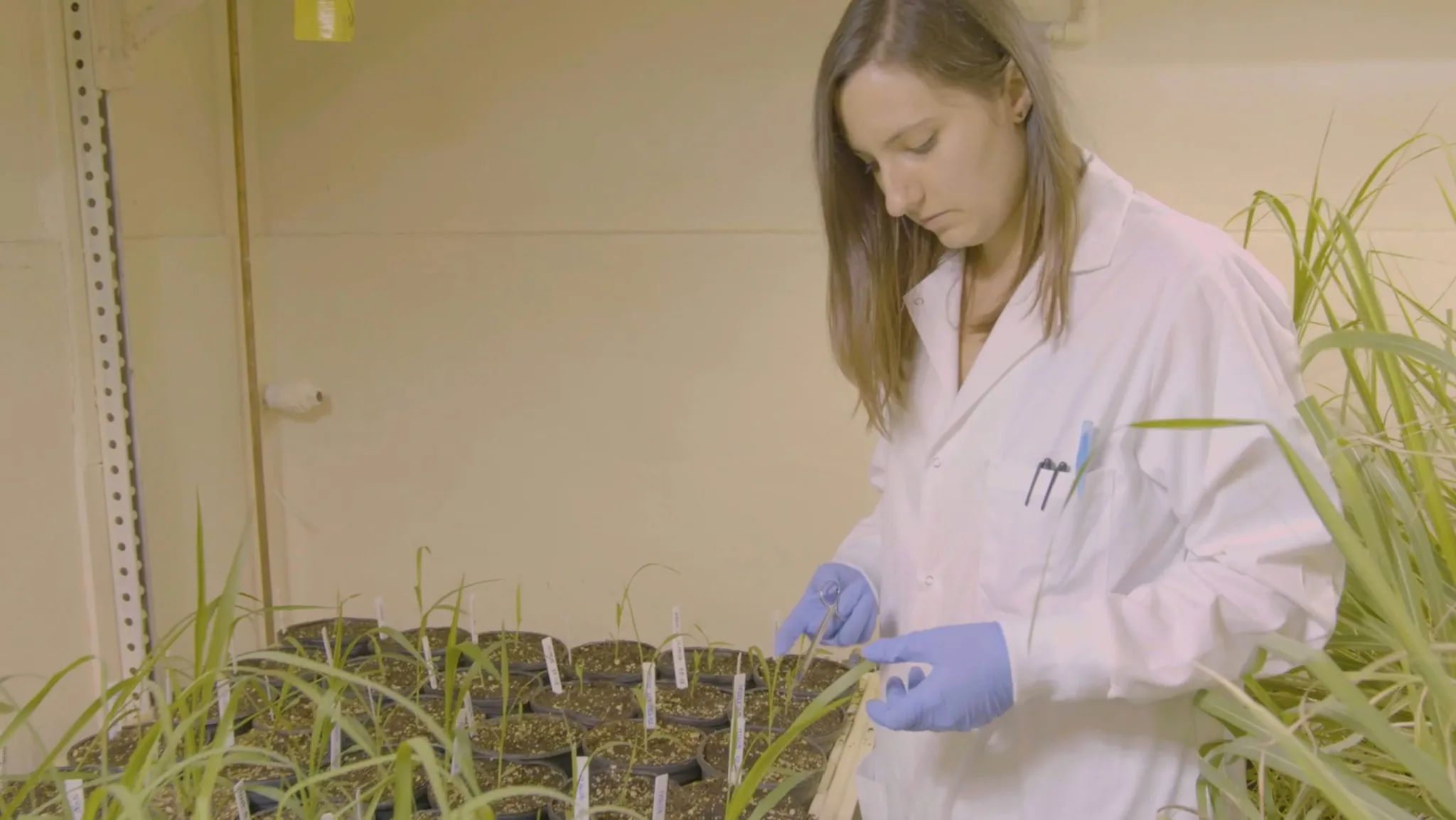
Researchers fine-tuned sugarcane leaf angles by editing varying copies of the LG1 gene in its genome, optimizing light capture and increasing biomass yield. A specific edit led to a 56% decrease in leaf angle and an 18% increase in biomass.…
Read More


